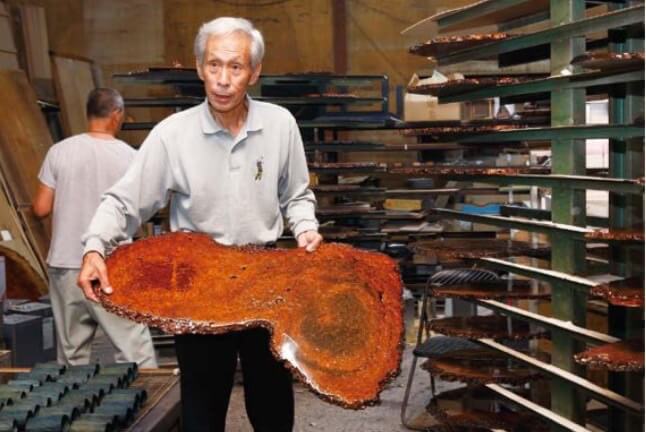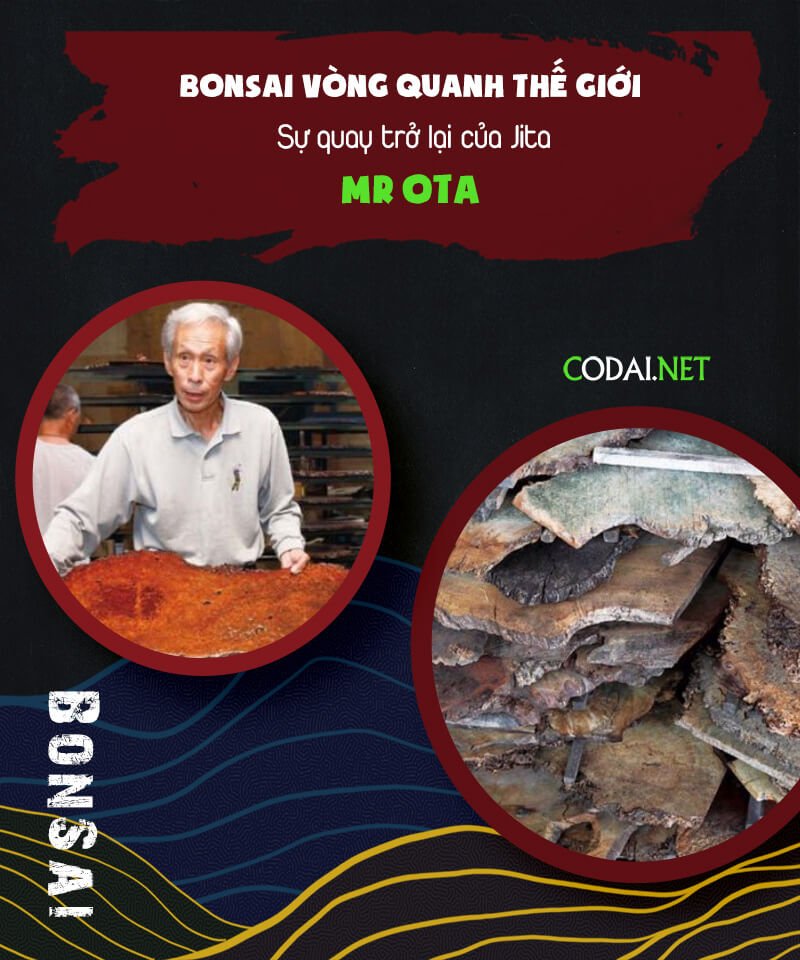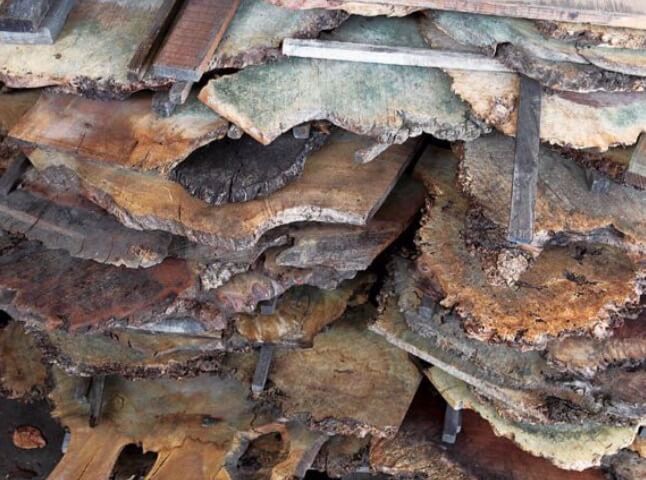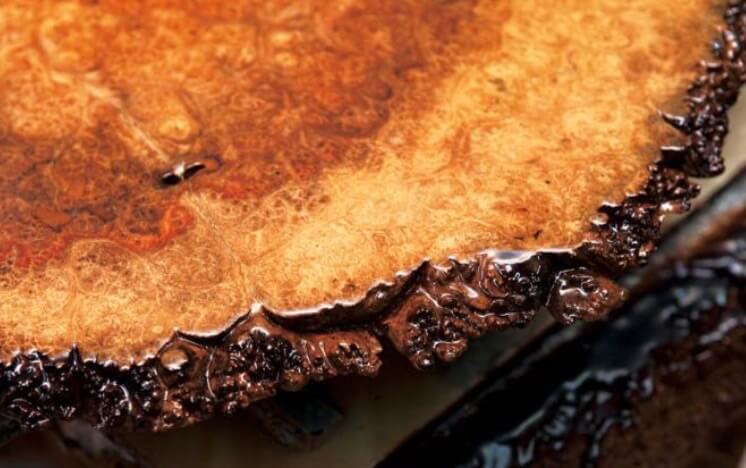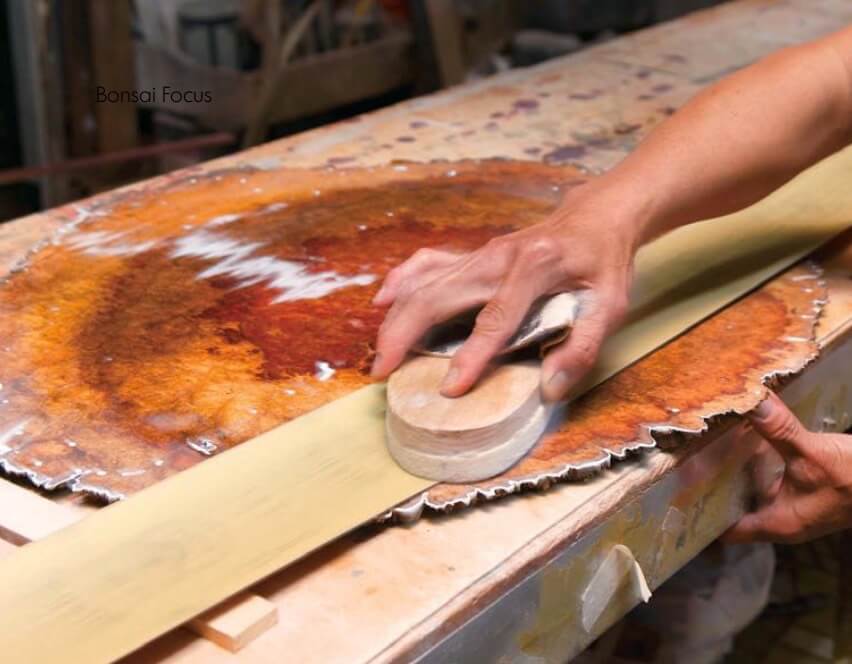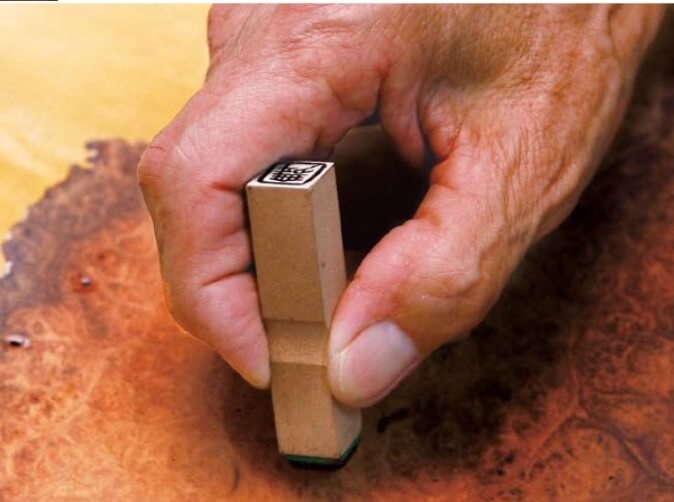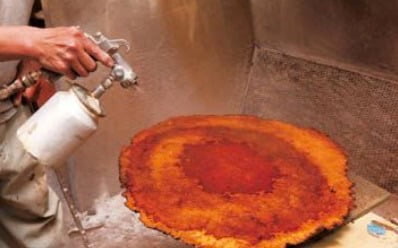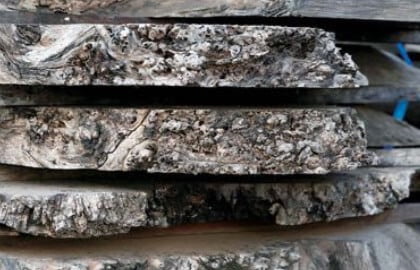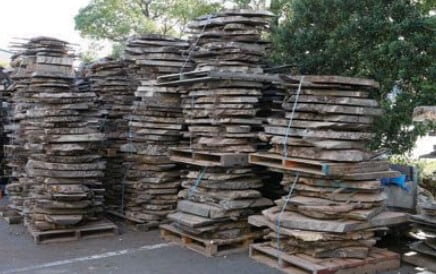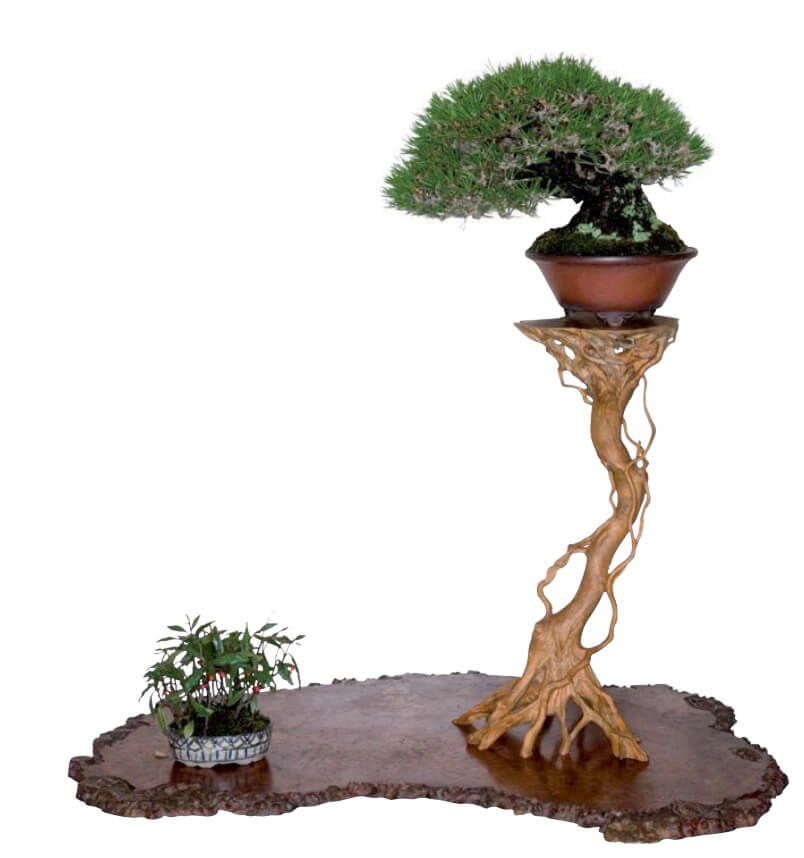Bonsai, Bonsai Focus Magazine, Hành trình - Khám phá
Sự trở lại của Jita (gỗ lót) trong nghệ thuật Bonsai
Nguồn: Tạp chí Bonsai Focus English Edition T9/T10 2016
Dịch và biên tập: Dũng Cá Xinh (15/08/2021)
English
The return of the jita: A jita is not just a wooden slate under your bonsai…
- Text: Peter Warren – Photography Kinbon Japan
The Japanese have a deep respect and a very long tradition in fine wood works. Bonsai display is a discipline with very strickt rules which tolerates only the best materials. All elements to accompany a bonsai are chosen with the greatest care. The so-called jita or wooden slate should have just the right shape finishing. Mr. Ota from Japan shows us around in his workshop were the jitas are being made.
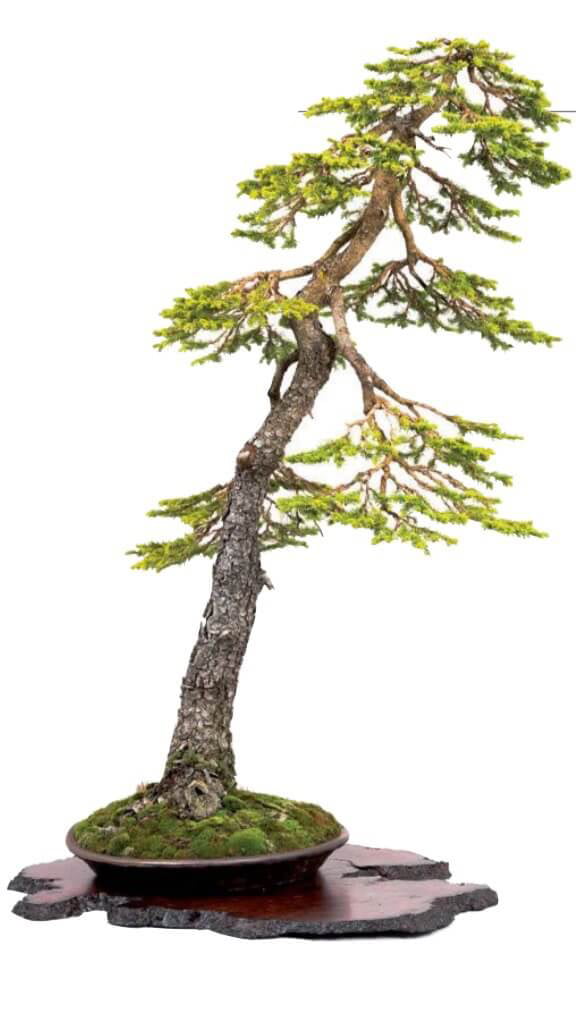
The Chinese Quince wood for these jiitas was imported from South East Asia into Japan many years ago and has been drying out for decades. In the past it was a realtively abundant material and easy to get hold of but recently it has become more and more scarce, with many countries placing a ban on the exportation.
Speaking to the timber merchants they tell us, “In the past we were able to get pieces 2 metres wide without a problem. Now such pieces are impossible to find. If it wasn’t for the fact that we created a massive stockpile of material, it would be impossible to make these natural edges jiitas
Most of the Jiitas are made from the burr wood, a rounded out- growth on the tree caused by insect or infestation damage. The burr is sliced through so that the natural, uneven edge is kept intact giving a ji-ita with a natural and interesting shaped edge. Cutting such large pieces with care and attention to detail re- quires a specialist timber yard with very specific equipment as well as an eye for interesting patterns within the wood. Once cut, the boards are smoothed and finished with varnish.
